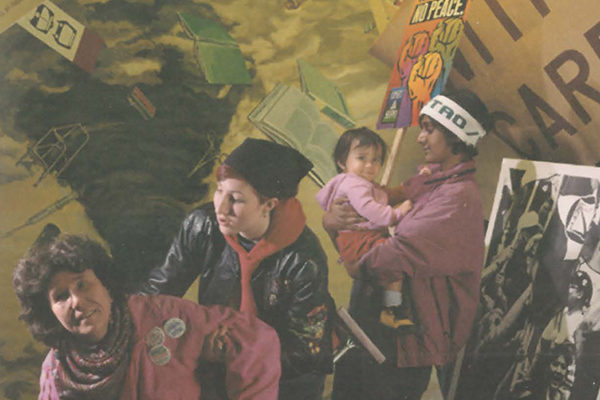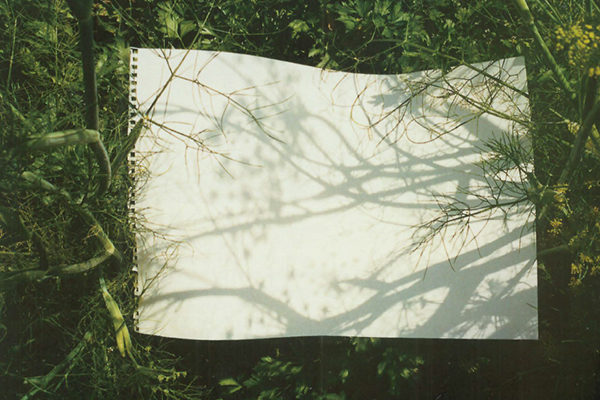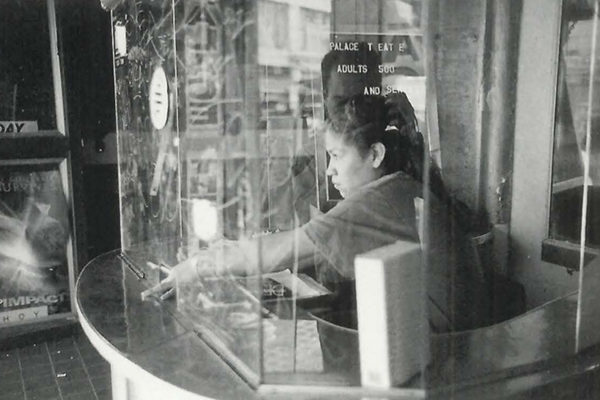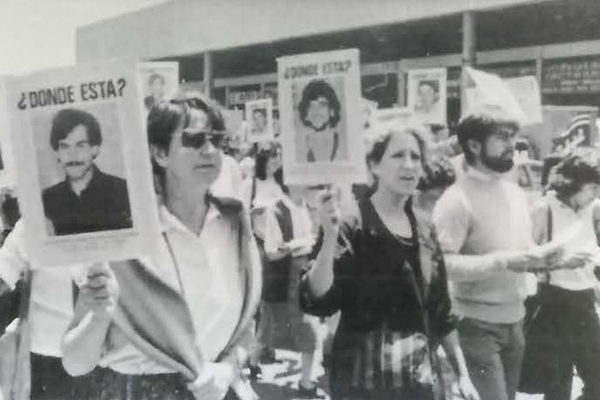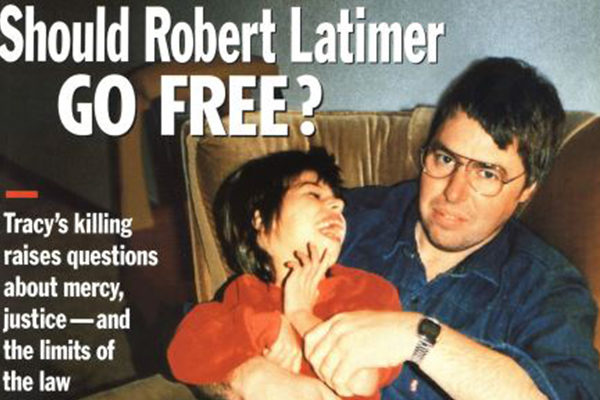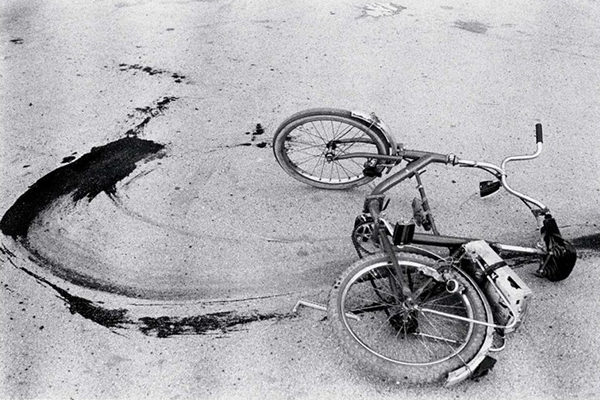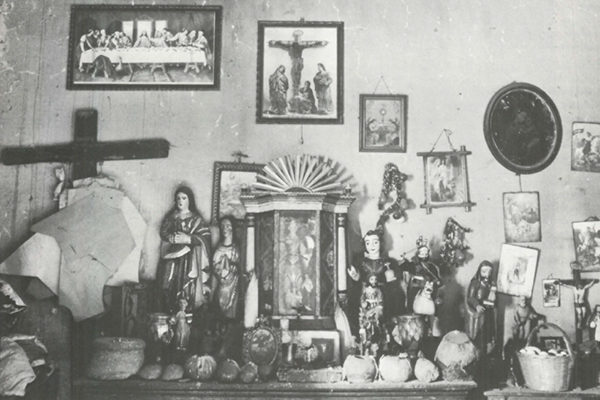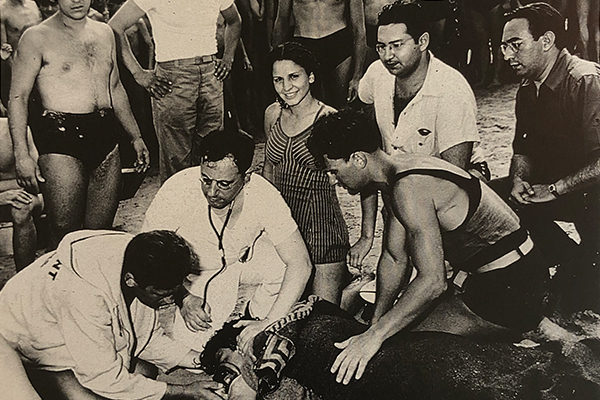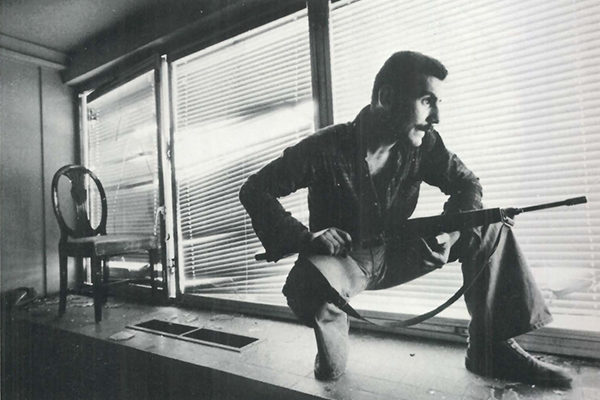Picture This! Documenting the Future (2001)
During Michael Mann’s 1981 film Thief, the title character Frank (played by James Caan) proposes marriage to Jessie (Tuesday Weld), a waitress he hardly knows. For her he pulls out his wallet and presents a folded photo collage that we have seen briefly before – he had been shown consulting it as if it were a compass or a map. Among the imagery it included were a few human figures, an old bearded man, a woman with a child, a house, some cars. “Here,” he says, “that is my life and nothing, nobody can stop me from making that happen.”
